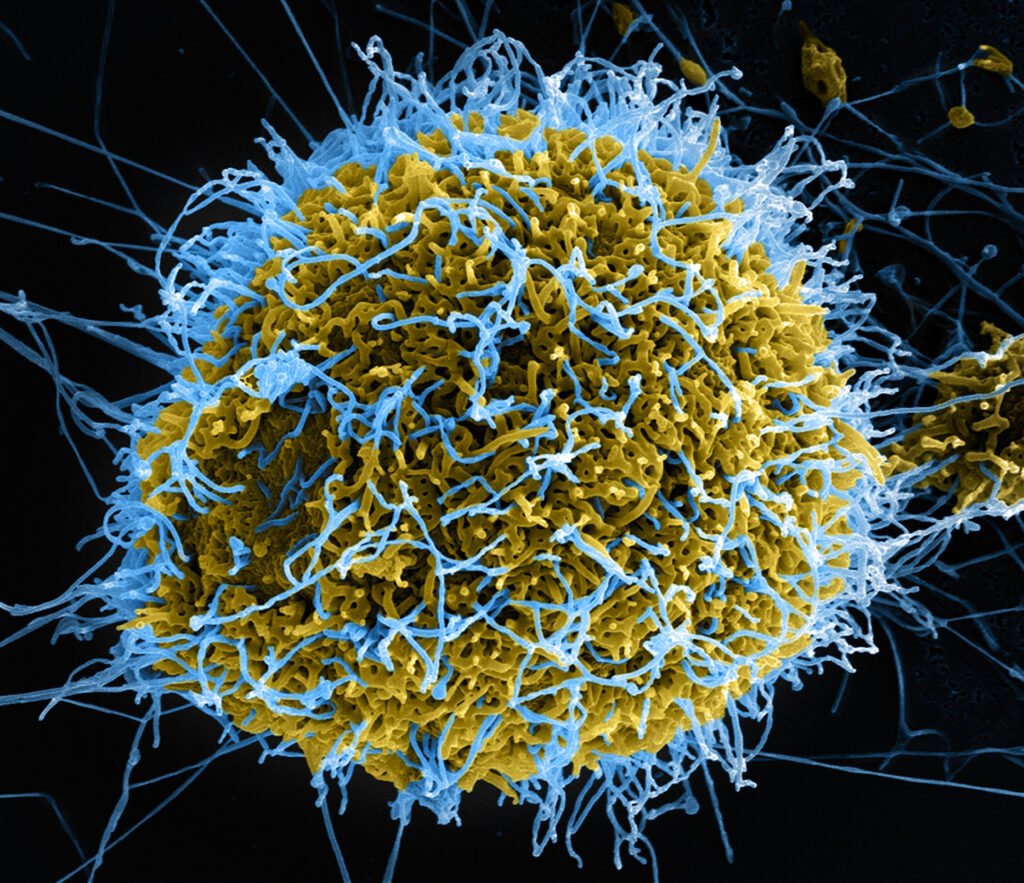Fevers of unknown origin (FUO) present a diagnostic challenge, especially in resource-limited settings like sub-Saharan Africa. A recent laboratory-based observational study sheds light on the underlying infectious causes of FUO in this region. The study, conducted by researchers from the German Center for Infection Research (DZIF) at Charité—Universitätsmedizin Berlin, in collaboration with scientists from Guinea and Slovakia, focused on 550 patients from Guinea who developed persistent fevers during the Ebola outbreak in 2014.
Despite testing negative for Ebola virus on site, the patients continued to experience unexplained fevers. The researchers aimed to utilize modern diagnostic methods to identify the infectious agents responsible for these fevers. The findings of the study, published in The Journal of Infectious Diseases, revealed crucial insights into the diverse pathogens causing FUO in sub-Saharan Africa.
Serologic tests, PCR, and high-throughput sequencing were employed to detect pathogens in the patients. The results showed that at least one pathogen was identified in 275 out of 550 patients. Aside from the commonly expected malaria parasite Plasmodium, the study revealed the presence of pathogenic bacteria such as Salmonella and Klebsiella strains in nearly one-fifth of the patients.
Of particular concern was the high rate of co-infections, with 1 in 5 infected patients experiencing multiple infections simultaneously. Notably, highly pathogenic viruses like Yellow fever, Lassa, and Ebola were detected in about 6% of patients. Additionally, the detection of Orungo virus, a lesser-known pathogen for which robust assays are lacking, raised further concerns.
The study also highlighted the importance of strengthening laboratory capacity in sub-Saharan Africa to enable early detection of infectious causes of FUO. The researchers emphasized the need for regionally adapted treatment regimens, improved quality control during outbreaks, and enhanced knowledge of the pathogen spectrum to guide the development of targeted diagnostics.
The findings underscore the urgency of addressing fevers of unknown origin in the region to ensure timely and appropriate patient care, effective outbreak response, and the advancement of regionally relevant laboratory capabilities. By identifying the diverse infectious agents responsible for FUO, this study paves the way for improved diagnostic strategies and tailored interventions to combat febrile illnesses in sub-Saharan Africa.


